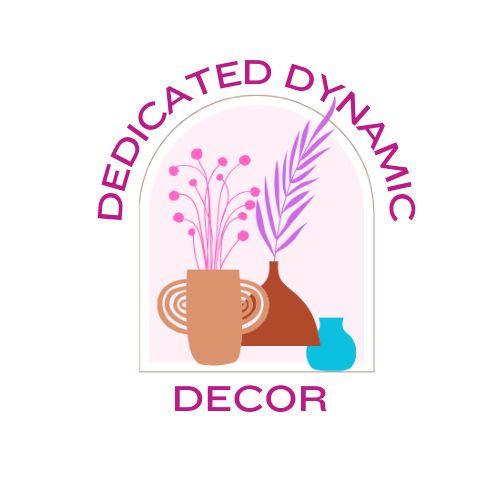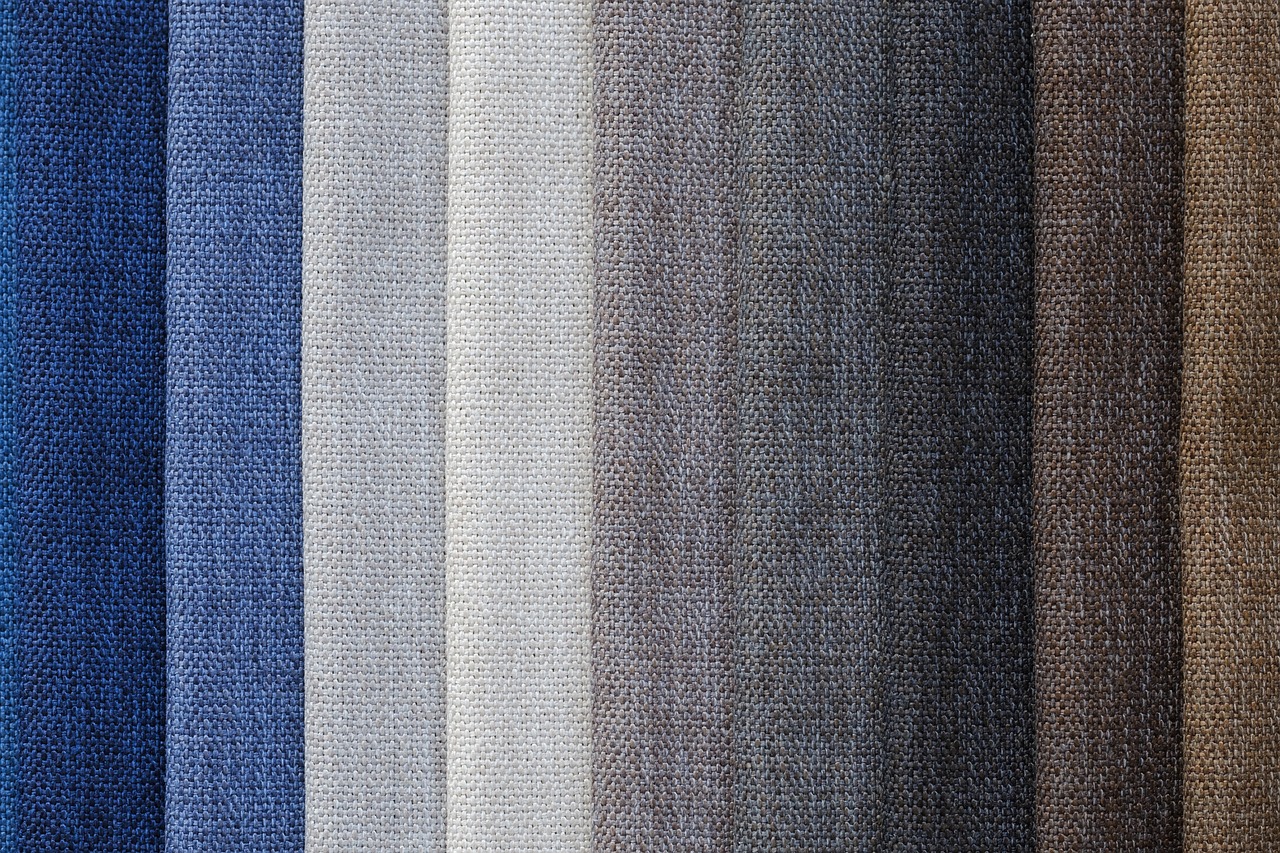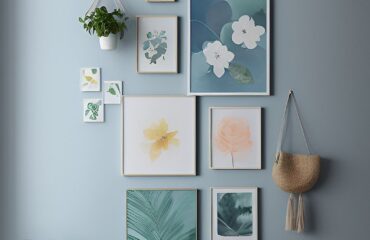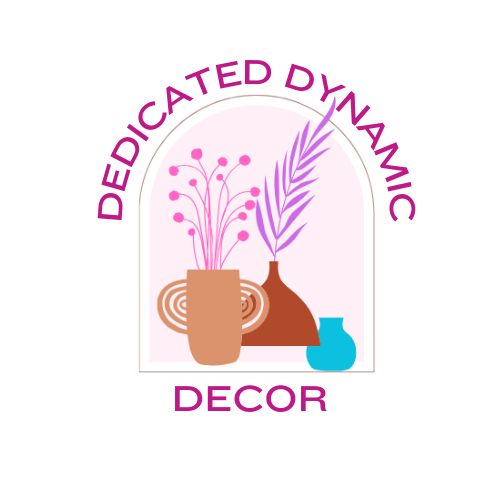The Psychology of Color for Your Home: Choosing the Perfect Palette
Color is a silent language that speaks volumes. It has the power to influence our moods, perspectives, and even the flow of social interaction. In the domain of home decor, choosing the right color palette is akin to orchestrating a symphony; the perfect combination can uplift spirits, inspire creativity, or encourage relaxation, all within the confines of your own four walls. As a homeowner or interior design enthusiast, understanding the psychology of color can empower you to craft a space that resonates on a deeply personal level. In this detailed exploration, we will decode the emotions behind different hues, present practical tips for color choice, and provide real-life examples to guide you in choosing the perfect palette for your home.
Understanding Color Psychology
Before you roll up your sleeves to repaint or redecorate, it’s essential to grasp the influence of colors on our psyche. Each color evokes a range of emotional responses and can alter our perception of a room’s size and proportion. Here’s a quick primer:
The Warmth of Red
Red is inherently intense. It is associated with passion, energy, and courage, making it an excellent choice for spaces where you want to stimulate conversation or activity, such as dining rooms or social areas. However, too much red can lead to a sense of agitation, so use it sparingly if you seek to create a more relaxed atmosphere.
The Serenity of Blue
Blue, on the other hand, is the color of tranquility and trust. It’s known to slow down the heart rate and calm the mind, which is perfect for bedrooms and bathrooms where you want to encourage rest and reflection. However, steer clear of using dark blues in rooms with minimal natural light, as they can be perceived as cold or aloof.
The Joy of Yellow
Yellow represents happiness, optimism, and creativity. Applying a soft, pastel yellow in kitchens or creative spaces can create an inviting atmosphere that is conducive to collaborative tasks or family gatherings. Be cautious with brighter yellows, as they can be overwhelming or eye-straining if used excessively in rooms that receive a lot of natural light.
The Balance of Green
Green, the color of nature, symbolizes harmony, growth, and safety. It’s an ideal choice for any room in the house, as its association with fertility and health imparts a refreshing and calming effect. Like the natural world, green can serve as a bridge between different color schemes, bringing balance to your home.
The Maturity of Purple
Purple has long been associated with royalty, luxury, and imagination. In home design, lighter shades of purple can induce a sense of calm and serenity, making it a recommended color for meditation rooms or quiet corners. Meanwhile, deep purples can add a dramatic flair to spaces like home theaters or studies.
The Freshness of Orange
Orange speaks to enthusiasm, fascination, and warmth. Used in moderation, it can liven up a room and serve as a focal point. In spaces where a sense of community and creativity congregate, such as a child’s playroom or a casual dining area, orange can spark joy and energy.
Choosing the Right Palette
Selecting a color palette is not merely about personal preference; it’s about creating a cohesive and harmonious environment. Here’s how to ensure your colors complement each other.
Understanding the Color Wheel
A fundamental tool in choosing colors is the color wheel. Complementary colors, which lie opposite each other on the wheel, create a dynamic contrast. Analogous colors, found beside each other, provide a more harmonious blend. Learn to balance these to achieve your desired effect.
Warm vs. Cool Tones
Warm tones such as reds, yellows, and oranges, can create an atmosphere that feels stimulating and cozy. Cool tones like blues, greens, and purples, are more tranquil and tend to make spaces feel larger and airier. Play with these principles based on the room’s function and energy.
The Power of Accents
Don’t underestimate the impact of accent colors. These are the shades that will draw attention and can add depth to your room. Something as simple as navy blue throw pillows or a burnt orange rug can provide a sophisticated counterpoint to a more neutral backdrop.
Application in Home Decor
Now, how can you practically apply this color psychology to your home? Here are some scenarios and recommended strategies for different rooms.
Living Room: Cozy vs. Vibrant
In the living room, you might want to balance the need for a cozy, inviting space with the desire for a vibrant area that stimulates conversation. You could achieve this by painting the walls a warm taupe, complemented with vibrant accents like emerald-green chairs or aubergine cushions. This mix utilizes the calming main color with pops of stimulating hues.
Bedroom: Calming vs. Energizing
Your bedroom should be a sanctuary for rest. Consider a serene sky blue for the walls, paired with soft creams for a soothing effect. If you also need a space to energize for the day ahead, consider adding energizing yellow elements, like artwork or a bedside lamp.
Kitchen: Inviting vs. Stimulating
For the kitchen, you want a balance between an inviting space that encourages social gatherings and a setting that stimulates the appetite. A light, citrusy shade of yellow on the walls creates a warm, welcoming ambiance, while a bold red backsplash can add an exciting punch without being overwhelming.
Case Studies or Examples
Real-life examples can be the best guide in demonstrating successful color palettes. One homeowner might find solace in a monochromatic scheme of whites and dove grays in their study area, creating a sense of an open, clear mind. Meanwhile, another might relish the energetic environment of a sunflower-yellow kitchen uplifted with pops of royal blue and kelly green.
The art of selecting a color palette for your home is a dynamic and creative endeavor. By understanding the psychology of color, you can better articulate the ambiance you wish to evoke in each room. Don’t be afraid to experiment with tones and shades; the perfect palette is one that not only reflects your personal style but also resonates with your emotional well-being. As you pour over paint swatches and envision your ideal space, remember that color is more than pigment – it’s part of the living fabric of your home.





